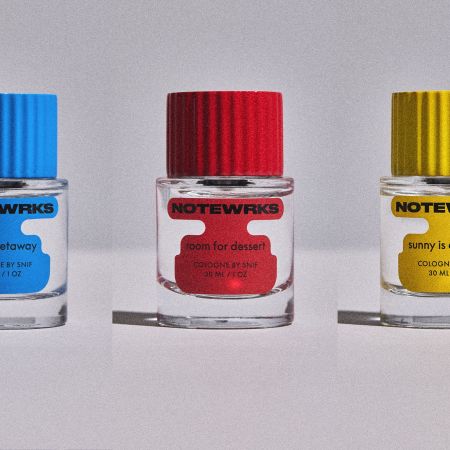Overwhelmingly white school districts received $23 billion more than predominantly nonwhite school districts in both state and local funding in 2016.
This is despite the fact that both the whiter districts and the more diverse schools served roughly the same number of children, a new report found, according to The Washington Post. The gap in funding is largely rooted in the longstanding reliance on property taxes as a primary source of school funding.
Overwhelmingly white communities tend to be more wealthy, meaning their school districts are far more likely to raise money because each districts’ ability depends on the value of local property and the ability of residents to pay higher taxes.
The report examined the nation’s 13,000 traditional public school districts and found about 7,600 were more than 75% white and and about 1,200 were more than 75% nonwhite. Those more diverse, nonwhite districts covered bigger areas and tended to be in larger cities while the white schools were in smaller, rural areas. And each had roughly the same number of kids — 12.8 million children in nonwhite districts and 12.5 million in white districts.
Yet, in the nonwhite districts, about $54 billion in local tax dollars — or about $4,500 per student — went to schools in 2016. That same year, white districts collected more than $77 billion, or just over $7,000 per student.
Recently, states have allocated funds from their budgets to give slightly more per student to nonwhite districts than overwhelmingly white districts but, as the Post noted, “in many states it was not enough to erase the local gaps.”
“States have largely failed to keep up with the growing wealth disparities across their communities,” concludes the report released Tuesday by EdBuild, a New Jersey-based research and advocacy group that focuses on school funding.
The gap is reflective of policy that dictates schools should be both controlled and funded locally.
“While we have made some progress on the issue of economic inequality in our schools, we still have a terribly inequitable system,” the report said.
Thanks for reading InsideHook. Sign up for our daily newsletter and be in the know.


















